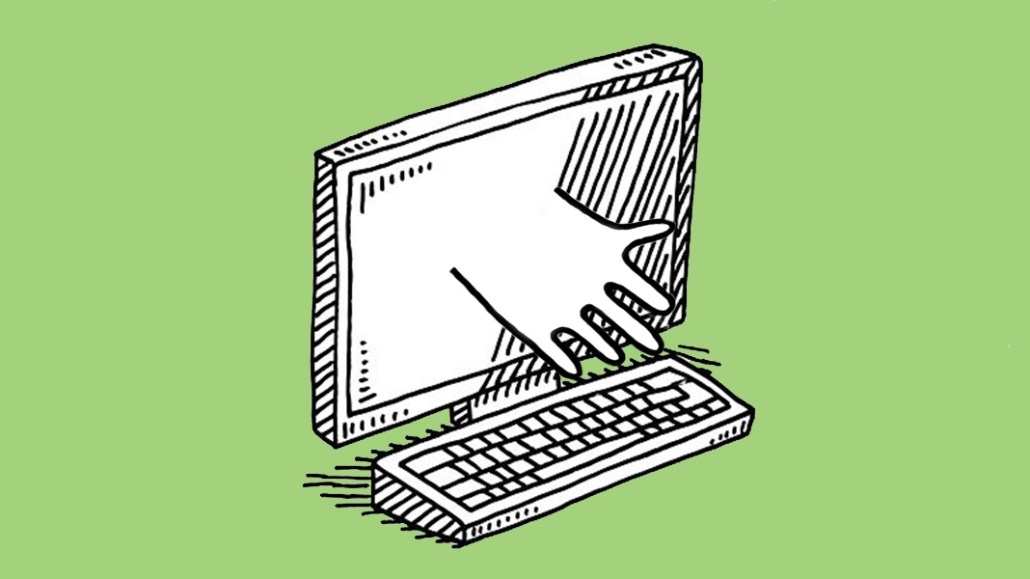As coronavirus outbreak grinds on, e-commerce operations buckle under increased pressure

Digital advertising and online retail are grappling to handle the logistical bottlenecks and product shortages caused by the coronavirus.
As cases of the virus spread, the commercial impact could be just as far-reaching, causing profit warnings, store closures and credit defaults among companies that rely heavily on China’s vast consumption power. Some companies, however, appear well-positioned to benefit from the shifts on consumer behavior caused by the outbreak.
When the outbreak happened in China, it inadvertently created a boon for e-commerce as shoppers stuck at home bought their goods online.
Sales of fresh food on JD.com, which is partly-owned by Tencent, jumped 215% to almost 15,000 tonnes during the 10-day period to Feb. 2.
The outbreak has also triggered a spike in online sales of provisional supplies from those would-be shoppers concerned about keeping their families safe from a viral outbreak, including brands selling immune-boosting products. Online sales of disinfectant produced by the Reckitt Benckiser-owned Dettol rose 643% year-on-year between February 10 and February 13 on the Chinese e-commerce business Suning.com, for example.
“We predict it will be highly dependent on the type of product categories the company manufacturers, such as toys, baby-care items, personal care, household cleaning, which are often disproportionately manufactured in China,” said Jonathan Treiber, CEO of e-commerce-focused ad tech vendor RevTrax. “This compares to the huge swathe of food-based consumer goods manufacturers, which typically manufacture their products within a broader set of geographies.”
But the surge in online orders has also heaped pressure on businesses to fulfill them. In some instances, this pressure is getting too much for businesses and threatens to upend their e-commerce operations.
Executives from Procter & Gamble told shareholders last week that the coronavirus was putting pressure on their e-commerce business. As sales from stores that sell their products slide, with many either closed or open for shorter periods of time, the demand has moved online, said the CPG company’s chief financial officer Jon Moeller at a Consumer Analyst Group of New York event. While the demand for products is there, the supply of them is limited, he said.
“The operating challenges change with the hour, and of course the path of the virus is unknown, making it very difficult to provide precise estimates of impact,” said Moeller.
Transport routes have been severely disrupted as a result of areas across China being quarantined, while staff employed at warehouses to fulfill orders have been unable to work.
With the coronavirus scaring some advertisers from buying ads in parts of China, there’s less competition for advertisers still committed to running campaigns on platforms like WeChat. Several clients for digital agency Roast have elected to pause or significantly reduce online media spend in the impacted regions.
Automotive businesses have jumped on the opportunity. Mercedez Benz is running a campaign on the WeChat app that lets people see a 360-degree interior view of its GLB SUV. Meanwhile, Chinese automotive manufacturer Geely has recently launched a service that lets customers buy its cars online and get them delivered to their homes.
The disruption has even taken its toll on China’s most valuable company. Alibaba CEO Daniel Zhang told investors earlier this month to expect a slump in sales from its core e-commerce business due to the coronavirus outbreak preventing its employees from processing and delivering orders.
The coronavirus isn’t the first time these sorts of disruptions have hit retailers and their customers. Long before this outbreak, the SARS virus in 2003 was a turning point for both Alibaba and Tencent. At the time, e-commerce was relatively primitive but as the outbreak left many Chinese suppliers with few brick-and-mortar stores to sell their goods, many turned to the online platforms that hadn’t been forced to close.
More in Marketing

How the MAHA movement influenced food and beverage brands in 2025
The MAHA movement has come to stand for different things in different people’s eyes, depending on which initiatives they most closely follow.

Why Georgia-Pacific is turning its programmatic scrutinty to the sell side
The company is turning its attention to the sell side, zeroing in on the ad tech firms that move inventory for publishers — the supply-side platforms.

Future of Marketing Briefing: Why ‘just good enough’ is generative AI’s real threat to marketers
When characters and mascots are allowed to live inside generative systems, they stop being event-based and start becoming environmental.








